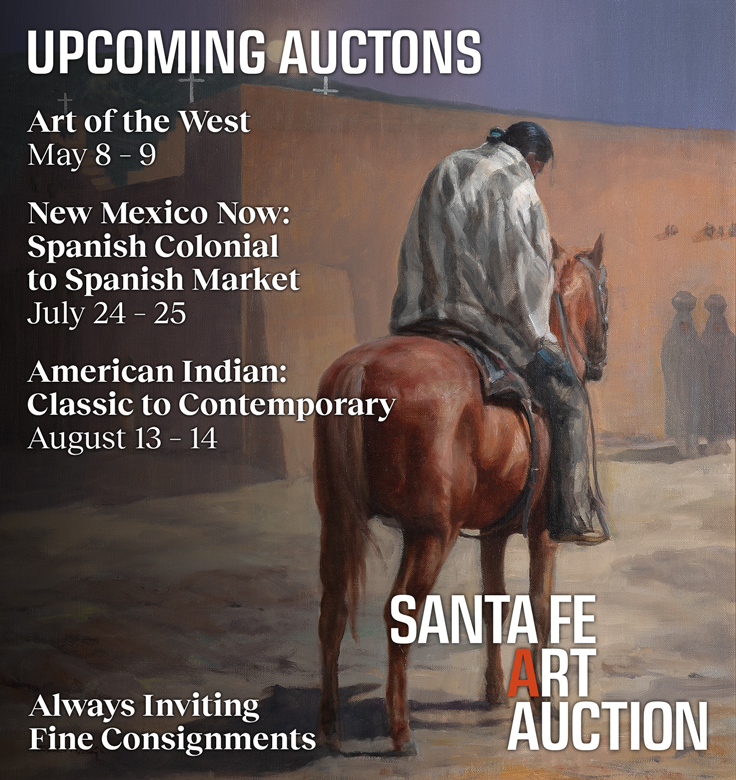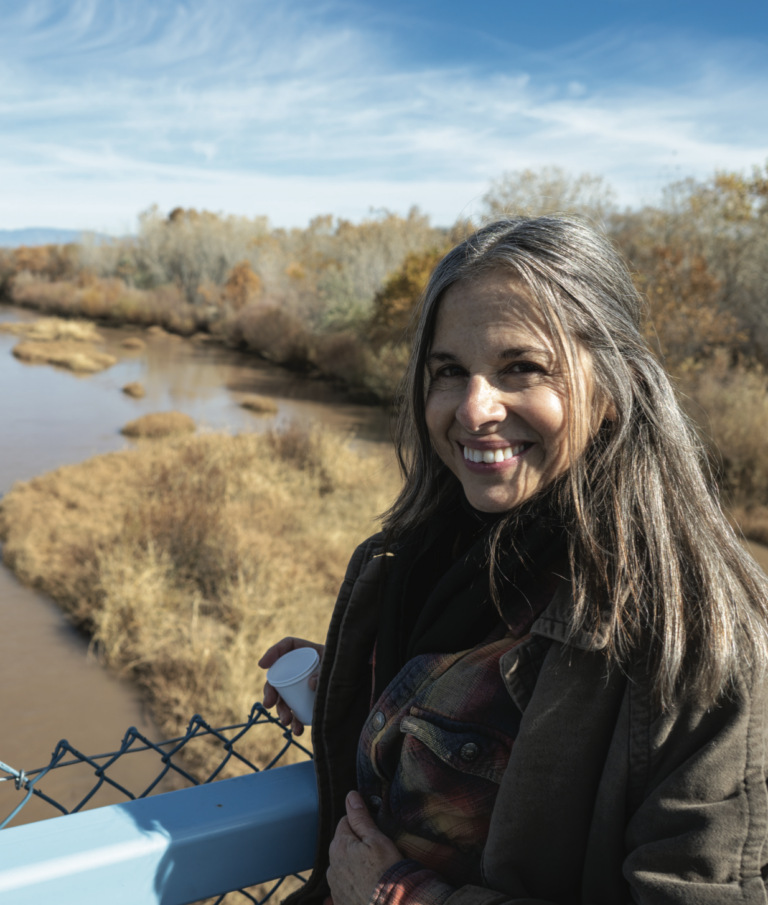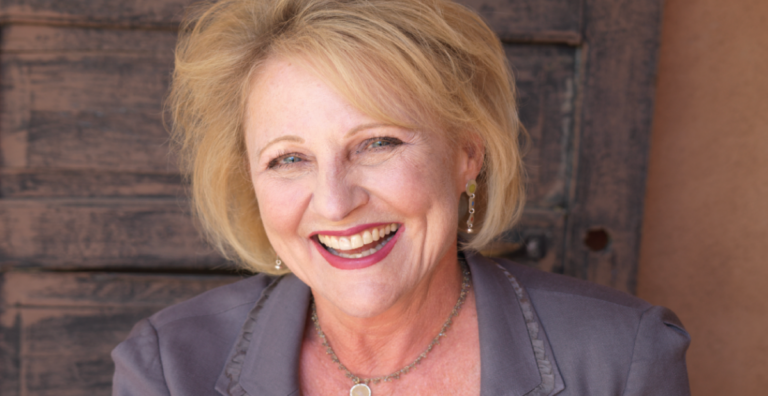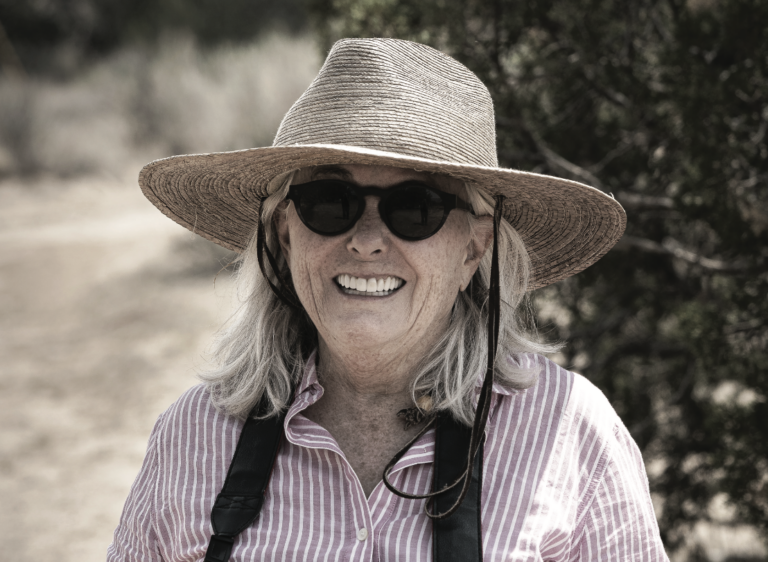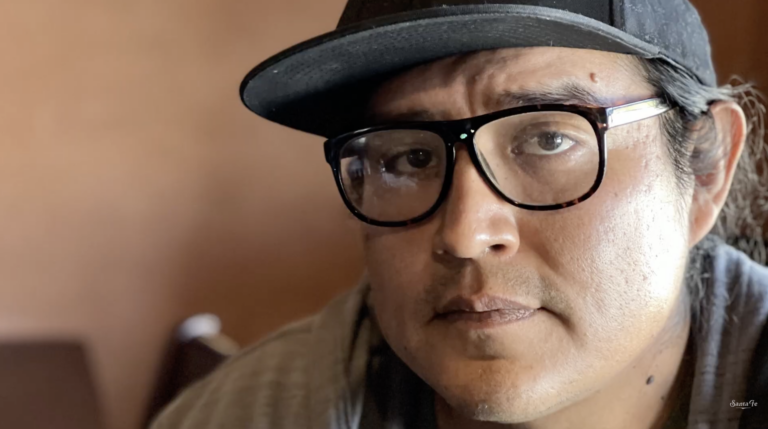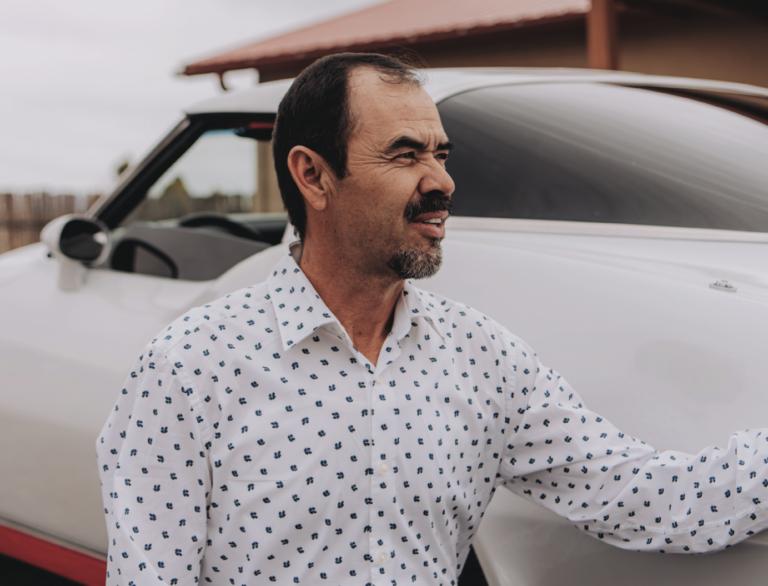ROB GREW UP IN LAUREL CANYON; his father worked in Hollywood. Young Rob and friends would routinely sneak under the fence at Disney and play on the Zorro set. As one might imagine, this made quite an impression.
That same Rob grew up to design the sets of Breaking Bad, the seminal series that introduced a worldwide audience to Albuquerque as a state of mind, a fucking cool location on the psychic map of planet earth. It also had the salutary effect of putting Rob on the map professionally – and physically. Of course, he’s now a local.
Why was Breaking Bad so different than anything else?
It’s about “the ground show,” meaning we had to make it so you could not go on Walter White’s odyssey if you didn’t believe his physical home.
So you have to believe in the essential reality of the place?
You create the characters’ world and make it so realistic, with so much detail, that you cannot possibly think it’s fake. That “grounding” is about making sure everything has pure reality to it.
That’s it?
Then the fun starts. You get tweaky, push the envelope stylistically with color or behavior with props – or anything. You go back to the grounding to determine the car he drives, the kitchen he has, the pool – oh, that sad pool. All of these things expand the story, make the story believable, and, most importantly, allow you to layer on a little bit of fantasy or an oddity that makes everything even more unusual. In the pilot, we had that car wash.
What about the car wash?
The odd car wash! The colors and design made it feel extremely real, gave it an edge. You don’t have to rely on words – now the environment adds to the story and extends an atmosphere, a feeling.
Another example is the high school chemistry class. I asked the Rio Rancho high school art department to let us shoot there, and then I actually gave students an assignment. I handed them a piece of paper and asked, What does “chemical” mean to you?
A month later, I get the papers back, and their answers were in paintings. Mind-blowing. They were so good that I put them on the columns in the classroom. One right on top of the other, like a collage. That’s an example of how to create a reality that you can’t fake.
If the background is correct, it feeds the event by supplying visual aids. If the walls could speak, they should tell you a history. You sense that this place has been there for years.
People don’t necessarily understand what you do…
I don’t want them to understand.
Great production design is all about being able to absorb yourself in the story, find the truth of it wherever you are. You are trying to create truth for a movie, a visual truth. You go out looking for it, and then you bring it back and you put it on a wall. You have a whole episode on the wall – every location, every combination of locations.
It’s always a surprise, by the way. It’s never what you’re looking for. Something else shows up that rears it’s head and you go, That’s it.
WANT TO READ MORE? SUBSCRIBE TO SANTA FE MAGAZINE HERE!
Photo SFM

